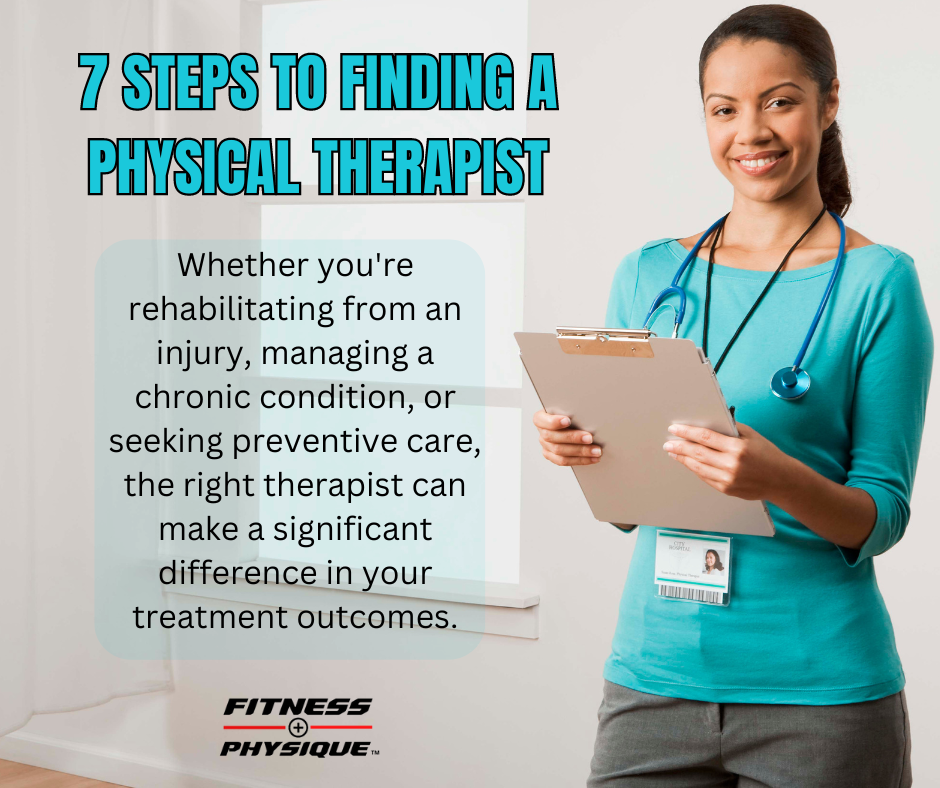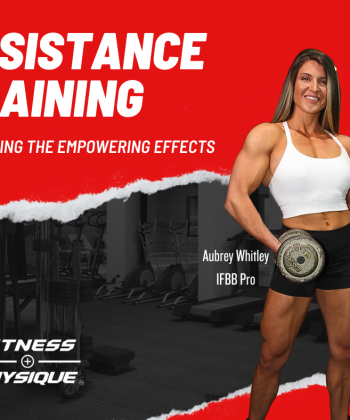
Finding the best physical therapist in your area can be a crucial step in your journey toward recovery and improved physical well-being. Whether you’re rehabilitating from an injury, managing a chronic condition, or seeking preventive care, the right therapist can make a significant difference in your treatment outcomes. Here are some steps to help you find the best physical therapist for your needs:
1. Research: Start by researching physical therapists in your area. You can use online directories, search engines, or ask for recommendations from your doctor, friends, or family members who have undergone physical therapy. Pay attention to therapists who specialize in your specific condition or area of concern.
2. Check Credentials: Verify the credentials of the physical therapists you’re considering. Look for therapists who are licensed, board-certified, and have relevant experience in treating patients with your particular needs. You can usually find this information on their practice website or by contacting their office directly.
3. Read Reviews: Reading reviews and testimonials from past patients can provide valuable insights into the quality of care provided by a physical therapist. Look for reviews that mention the therapist’s expertise, communication skills, and effectiveness in achieving positive outcomes. However, keep in mind that individual experiences may vary, so consider the overall consensus rather than focusing on a single review.
4. Evaluate Communication Style: Effective communication between you and your physical therapist is essential for a successful treatment plan. During your initial consultation or evaluation, pay attention to how the therapist listens to your concerns, explains treatment options, and addresses any questions you may have. Choose a therapist who makes you feel comfortable, respected, and involved in your care.
5. Assess Treatment Approach: Different physical therapists may use varying treatment approaches and techniques. Some may focus on manual therapy, while others may incorporate exercise programs, modalities such as ultrasound or electrical stimulation, or specialized techniques like dry needling or cupping. Consider your preferences and treatment goals when selecting a therapist whose approach aligns with your needs.
6. Consider Convenience and Accessibility: Factor in practical considerations such as the location of the therapist’s office, appointment availability, insurance coverage, and accessibility of the facility. Choose a physical therapist whose location and schedule are convenient for you, ensuring that you can commit to attending regular therapy sessions without undue stress or inconvenience.
7. Ask Questions: Don’t hesitate to ask questions during your initial consultation or before starting treatment. Inquire about the therapist’s experience, treatment philosophy, expected outcomes, and any concerns you may have about the process. A knowledgeable and transparent therapist will be happy to address your queries and provide reassurance. By following these steps and taking the time to research, evaluate, and communicate with potential physical therapists, you can find the best provider to support your rehabilitation and help you achieve your health and wellness goals. Remember that finding the right fit may take some effort, but investing in your physical therapy journey is an investment in your long-term well-being and quality of life. To find a physical therapist near you, go to our Wellness Resource Page for a wealth of resources.






